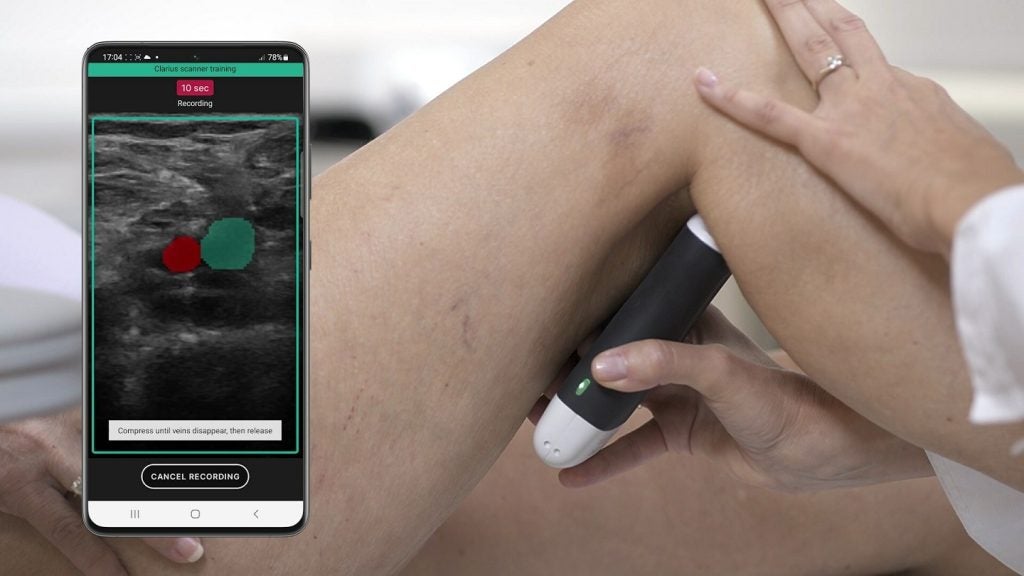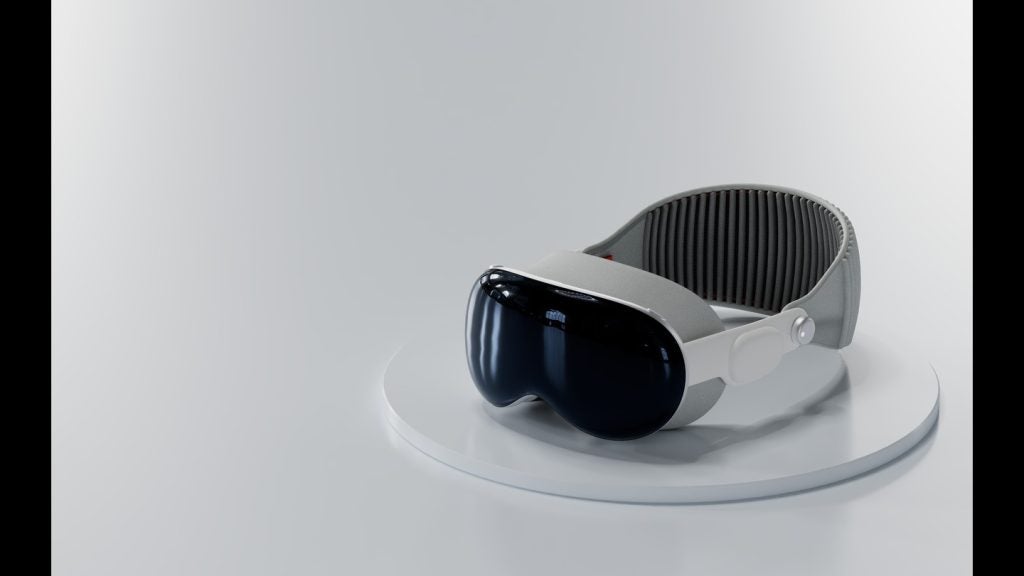
The use of electronic labelling and instructions, known as e-labelling, is widely thought to have helped many users of medical devices to access more information and learn more quickly how to use new technology correctly; for example, it allows them to access instructional animations and videos. So, why is e-labelling not common in Europe when it is widespread in the US?
"Europe lags behind because the European Commission’s directive was written over 20 years ago, and e-labelling was not even thinkable back then," says Dario Pirovano, consultant for regulatory affairs at Eucomed. "Also, the text uses the word ‘leaflet’, so EU member states automatically think this refers to something written on paper, at least until the revision of the Medical Devices Directive of 2007.
"In-vitro diagnostics, however, are allowed to come with electronic instructions because the directive governing them came much later. Overall, the European Commission had a neutral position on e-labelling, but some member states are more reluctant. So, the current legislation does not allow e-labelling for all medical devices, just those on a restricted list."
Regulatory drive
Pirovano has been a consultant on regulatory affairs with Eucomed since 2002, and previously worked at the European Commission. He also has experience of designing medical devices, so he knows the challenges of bringing a new product to market
and negotiating the regulatory environment.
Part of Pirovano’s mission at Eucomed – a body representing over 20,000 designers, manufacturers and suppliers in Europe’s medical technology industry- is to support the organisation’s drive for greater regulatory acceptance of e-labelling and to press for clearer guidelines.
See Also:
Eucomed has responded positively to the approval of a new regulation by the EU Commission on the use of electronics instructions (207/2012) on the grounds that they could improve patient safety, reduce the environmental impact of the medical technology industry, and ensure that the right instructions are available at all times.
How well do you really know your competitors?
Access the most comprehensive Company Profiles on the market, powered by GlobalData. Save hours of research. Gain competitive edge.

Thank you!
Your download email will arrive shortly
Not ready to buy yet? Download a free sample
We are confident about the unique quality of our Company Profiles. However, we want you to make the most beneficial decision for your business, so we offer a free sample that you can download by submitting the below form
By GlobalData"We are relatively happy with the legislation, but we were surprised by the need for a year to implement it, as it will not come into effect until March 2013," says Pirovano. "Things could move faster than that, but it will be the market that dictates what happens."
Information in easy reach
There are many reasons why Eucomed is backing the wider use of e-labelling, but chief among them is the belief that electronic instructions may considerably reduce the risk of misinterpretation, not least because they make instructions more easily available in the EU’s many official languages. Such benefits are evident from experience in the US and other countries outside Europe.
"Globally, we see many advantages from e-labelling," explains Pirovano. "It allows more complete and accurate instructions for users, as well as a huge reduction in the amount of paper the industry uses. I am a medical device engineer, and when you have to translate instructions into different languages and convey the same message, it becomes very difficult. Electronic instructions
can use animations, which are very useful, especially for large machines.
"Cost savings are not really the issue. Electronic instructions won’t cost less, and might cost more, but the advantage in terms of better information for users is quite clear. In Europe, one problem is that if you want to gain access to a particular European market you have to use that state’s official language, which could be a logistical nightmare. If you print instructions in all 23 languages, then you could have the situation where a pacemaker the size of two Euro coins might come with an instruction manual the size of a Bible."
Electric touch
Pirovano firmly believes that electronic instructions give medical device manufacturers more freedom in presenting information on how to use a piece of equipment, which is especially important for large machines such as ventilators.
The new European legislation allows e-labelling on a select number of devices strictly for professional medical use. It can be used for all the implants and devices needed for the implantation procedure, for all fixed equipment such as X-ray machines, and for devices that have built-in systems for displaying information.
As it stands, electronic instructions can come in many forms – DVD, CD-ROM, memory sticks or over the internet – but they must always be accessible through a website.
"This might discourage some very small companies, which would need proper websites that are always up to date," says Pirovano. "Remember, there are over 3,000 medical device companies in Europe that have fewer than ten members of staff.
"If a customer requests it, the manufacturer must deliver instructions on paper at no cost, which is the same process as in the US."
Regulation slow to change
In March 2012, the European Commission published the latest version of its regulations on e-labelling (207/2012). The regulation is intended to set out conditions, according to which instructions for use in paper form may be replaced by electronic instructions for use, and looked again at the list of defined medical devices and accessories deemed appropriate.
Full e-labelling can only apply if there is a risk assessment by manufacturers that clearly finds that ‘providing instructions for use in electronic form maintains or improves the level of safety obtained by providing the instructions for use in paper form’.
Furthermore, the risk assessment must include certain essential elements, such as:
- knowledge and experience of the intended users in particular regarding the use of the device and user needs
- characteristics of the environment in which the device will be used
- knowledge and experience of the intended user of the hardware and software needed to display the instructions for use in electronic form
- access for the user to the reasonably foreseeable electronic resources needed at the time of use.
There is also a stipulation that e-labelling is not allowed ‘per member state’, unless justified by the outcome of the risk assessment.
So, any e-labelling activity must be handled in the same way for each EU member state.
A body of evidence
The US experience of e-labelling suggests that it could build momentum quickly in Europe now that legislation is open to the concept. After all, in the US the number of requests from customers for printed instructions has dropped to nearly zero.
Eucomed is now assembling a body of evidence to put before regulators through surveys, the results of which must be presented well before the next revision of the legislation, which is due to take place between 2016 and 2018. Regulations demand that medical device manufacturers ensure, as part of their broader risk analysis process, that e-labelling does not add any risk for patients. The Eucomed survey will look at e-labelling for devices such as pacemakers to get feedback it hopes will prove e-labelling is not an additional risk factor.
If its hopes are confirmed, then this could lead to wider acceptance of the use of electronic instructions and push practitioners whose devices are not covered by the existing legislation to raise their voices.
"We are recruiting companies to participate in surveys, and we will help to structure them in such a way that the results can be compared," explains Pirovano. "There is no lack of data on e-labelling, but it must be in a comparable form. So, we are designing a paradigm that is applicable to surveys by every company. We are at an early stage, and we don’t know when the results will be published, but it must be ready in around 18 months. There could be sufficient experience by then to suggest that regulators widen the field of devices that can use e-labelling."
While Pirovano has no crystal ball, he is optimistic about the future.
"Reticence among EU states will be reduced with further revisions of the directive," he says. "I’ve been in the industry since 1980 and started working at the European Commission in 1987, and back then we had to communicate by telex. Now, I can download boarding cards for flights in my iPhone, so things can change quickly.
"If there is no hiccup in the use of e-labelling – and based on the experience of the US I see no reason why there should be – then I have every reason to be optimistic."

This article was first published in our sister publication Medical Device Developments.







